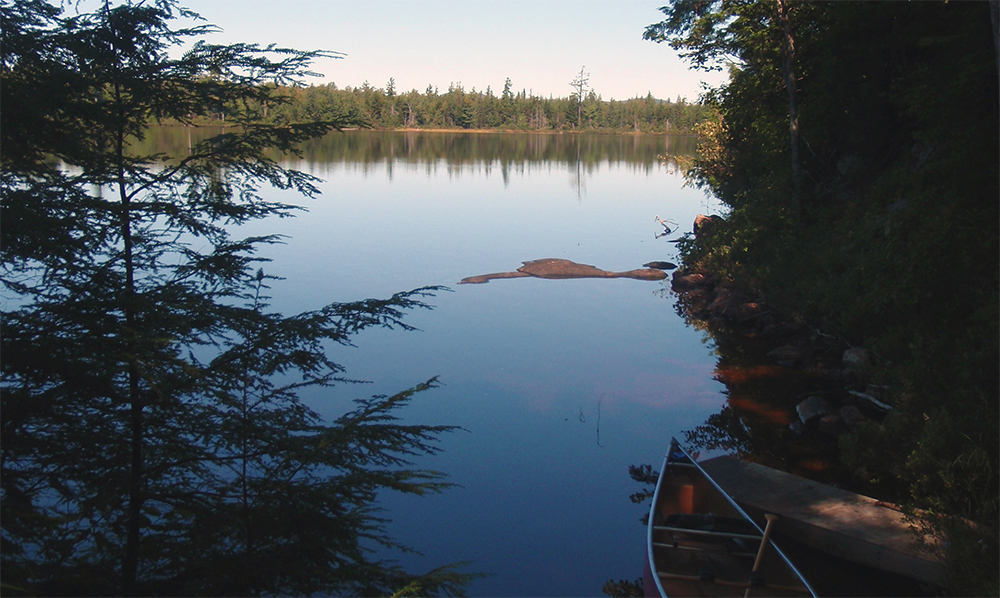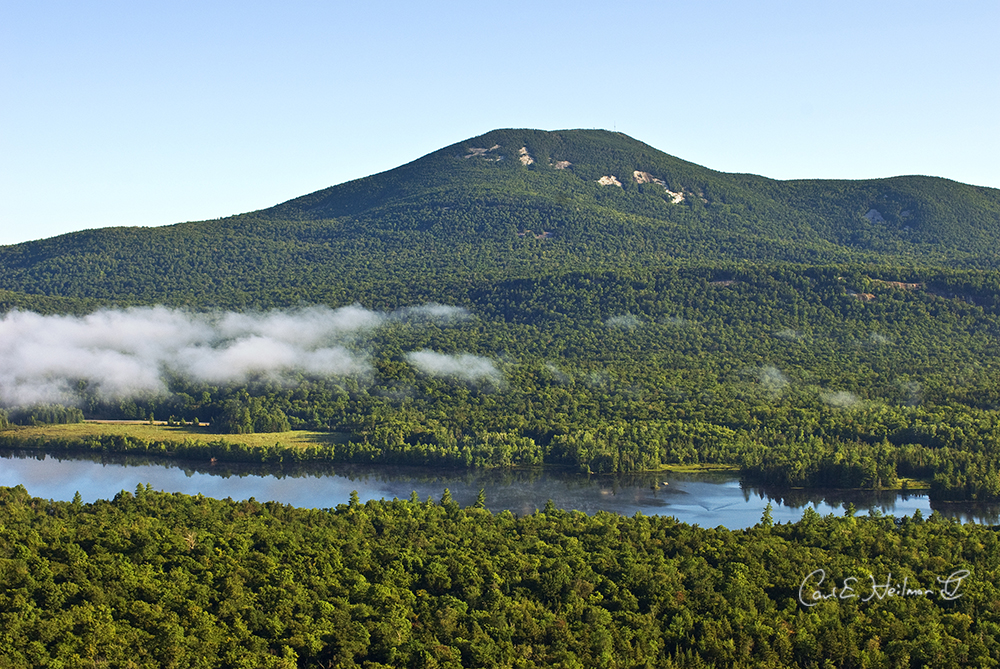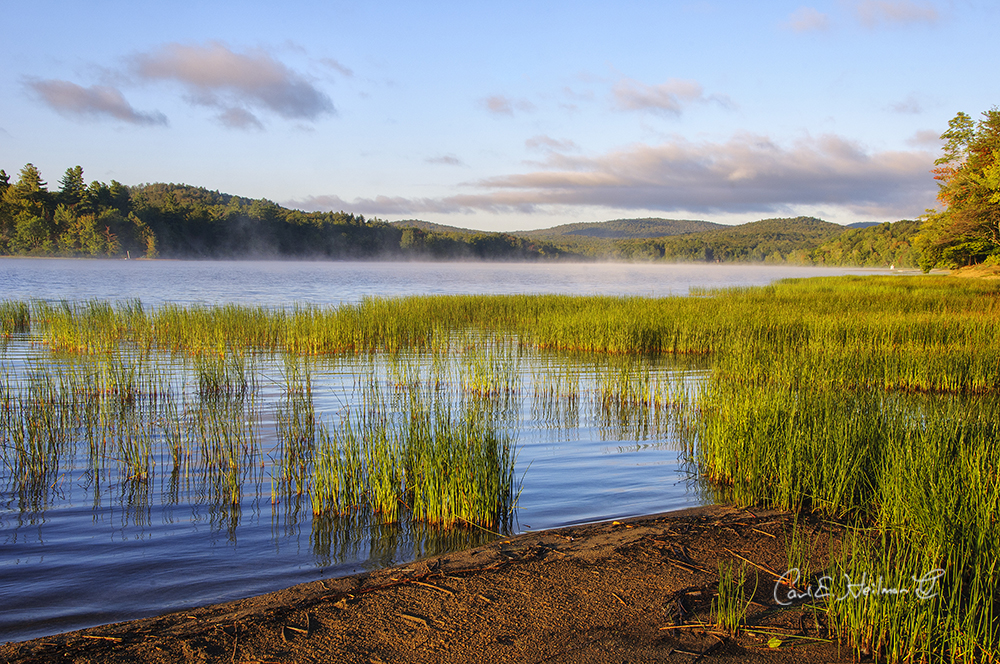
Acid Rain Dominates November Agenda | An Update on Acid Rain
By: John Sheehan - Adirondack Council Director of Communications
Thursday, November 15, 2018
This year will be a momentous time for acid rain in the Adirondack Park. The Adirondack Council will participate in a national conference on air pollution, while also hosting its own regional conference to determine how the Adirondacks and New York State can lead the rest of the nation to end acid rain and curb climate change.
Acid Rain's Back on the Agenda
The Adirondack Council will be hosting a gathering of acid rain scientists, conservationists and government officials in late November to discuss how we can secure the gains we have achieved over the past three decades, while preparing the federal government to complete the task. The Adirondack Council’s conference is entitled Acid Rain: Protecting Our Gains & Finishing the Job. It is slated for the week after Thanksgiving. By then, the political landscape in Washington may have shifted, hopefully providing more opportunities for progress.

At the beginning of November, the National Atmospheric Deposition Program (NADP) hosted its annual conference in Albany for the first time, entitled 40 Years of Monitoring Atmospheric Deposition: Historical Legacy and Looking Ahead to the Future. The Adirondack Council participated in this conference as well. This year marks NADP’s 40th anniversary as the nation’s air pollution monitoring network. NADP’s conference brought research scientists and conservationists from across the nation to discuss air pollution trends as well as improvements in air quality and water chemistry.
Taking Legal Action Against the EPA
In October, the Adirondack Council made a decision to sue the U.S. Environmental Protection Agency (EPA) over its refusal to enforce laws designed to protect the Northeast from air pollution generated at coal-fired power plants in the Midwest. In that case, we are working with colleagues at Environmental Defense Fund and Chesapeake Bay Foundation to support the states of Maryland and Delaware. Those states were the first to seek relief from the Trump administration under the existing Clean Air Act, and the first to be refused that relief.

All the EPA had to do was tell the owners of 36 of the dirtiest coal-fired power plants in America to turn on their already-installed pollution control devices (electrostatic precipitators), which would reduce the nitrogen pollution coming from those plants significantly. In warm weather (May to October), nitrogen pollution combines with heat and sunlight to form ground-level ozone (smog). Smog causes and worsens lung diseases. Nitrogen pollution also causes acid rain.
The Clean Air Act prohibits power plants in one state from causing smog in another state, so the EPA is obligated to provide relief to downwind states when the states ask for it.
New York State filed a similar petition with the EPA for relief from Midwest pollution, a few months after Maryland and Delaware. The EPA denied that petition as well. New York Attorney General Barbara Underwood is suing the EPA to overturn that denial.

Both last summer and this summer, the Trump administration silently refused to address the petitions from any of the four states. By the end of this summer, a federal court ordered the EPA to respond. EPA Administrator Andrew Wheeler responded in October by denying the petitions. That’s when we and our colleagues sued the EPA for failing to do its job.
Future Impacts of Acid Rain
The EPA’s own research shows that the smog rules protect thousands of people each year from asthma attacks, doctors’ visits, missed work and school, and prescription drug needs. So it stands to reason that leaving the pollution controls turned off will result in more people getting sick. At the same time, elevated nitrogen pollution also means more acid rain and mercury pollution in the Adirondacks.
So as we press ahead with our lawsuit to protect existing clean air safeguards, we are also seeking opportunities to expand the federal government’s obligations to protect the Adirondacks and other sensitive regions of the nation. It is our hope that we can reduce the impacts of acid rain on water quality, forests and wildlife, while also protecting our cultural heritage by halting acid rain damage to historic buildings, monuments and outdoor art installations.
Please click HERE to sign our petition to protect the Adirondacks from acid rain.
|





